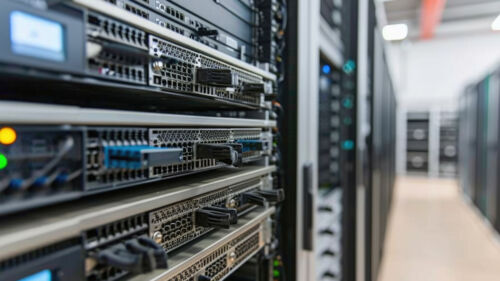
Print Server
Printing may appear simple, but behind every document is a complex system. On this page, you’ll discover what a print server is, how it manages print jobs across various networks, and the different types available – from hardware to cloud-based solutions. We’ll also introduce you to modern alternatives, such as serverless printing, which offers greater flexibility and scalability for companies of all sizes.
What is a print server?
What does a print server do?

Types of print server
There are different types of print server to meet the needs of various kinds of printing environments, from single-device at-home users to large global enterprises.
• Software print server – this is a program installed on a computer that enables it to function as a server
• Windows print server – usually set up and optimised for Windows clients
• Linux print server – when used in combination with Common UNIX Printing System (CUPS), a regular Linux computer can be turned into a print server
• Cloud print server – connects user devices and printers through the cloud
• Virtual print server – print server software is loaded onto existing server hardware
Over recent years, as remote and hybrid working has increasingly become the norm, we have seen a shift to serverless printing – essentially a print server in the cloud.
Print server alternatives
FAQ
What is a print server?
What is the use of a print server?
How does a print server work?
Are there different types of print servers?
What happens if the print server fails?
